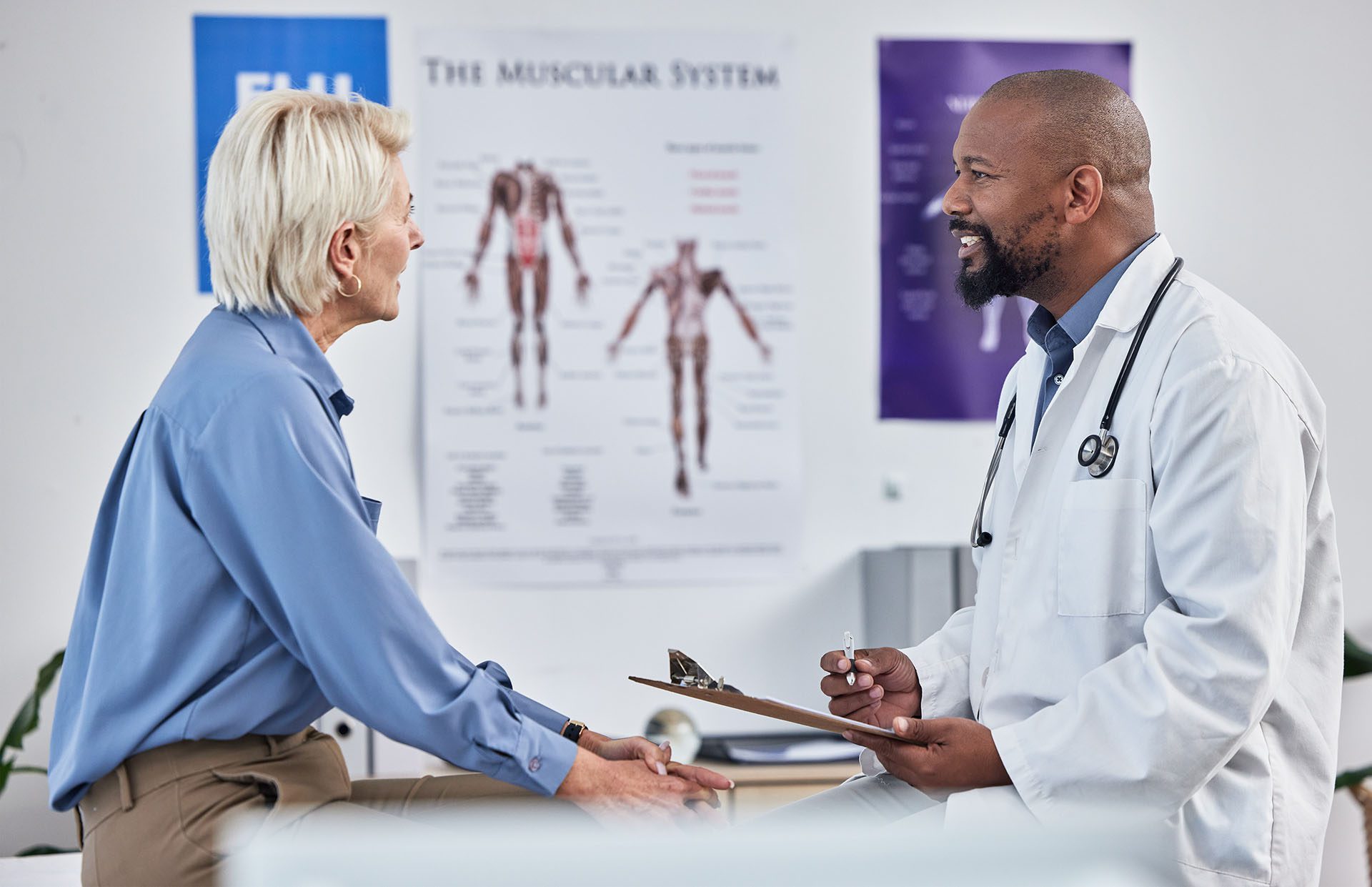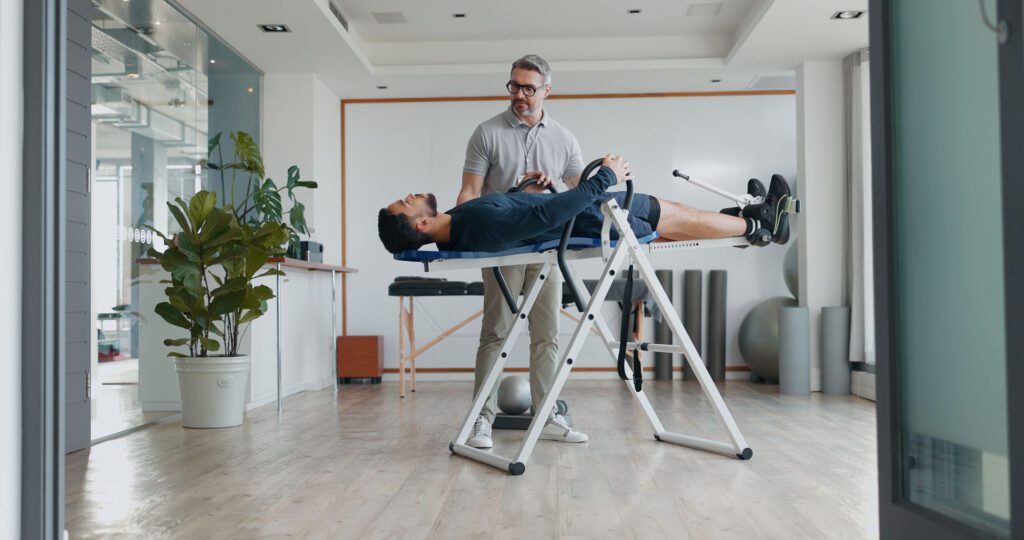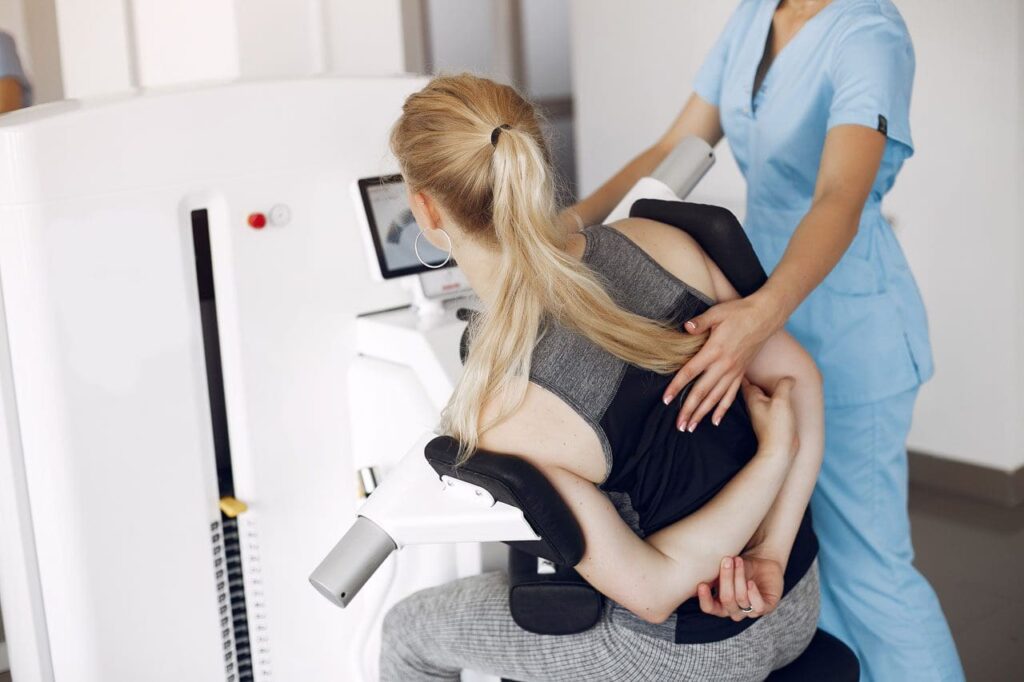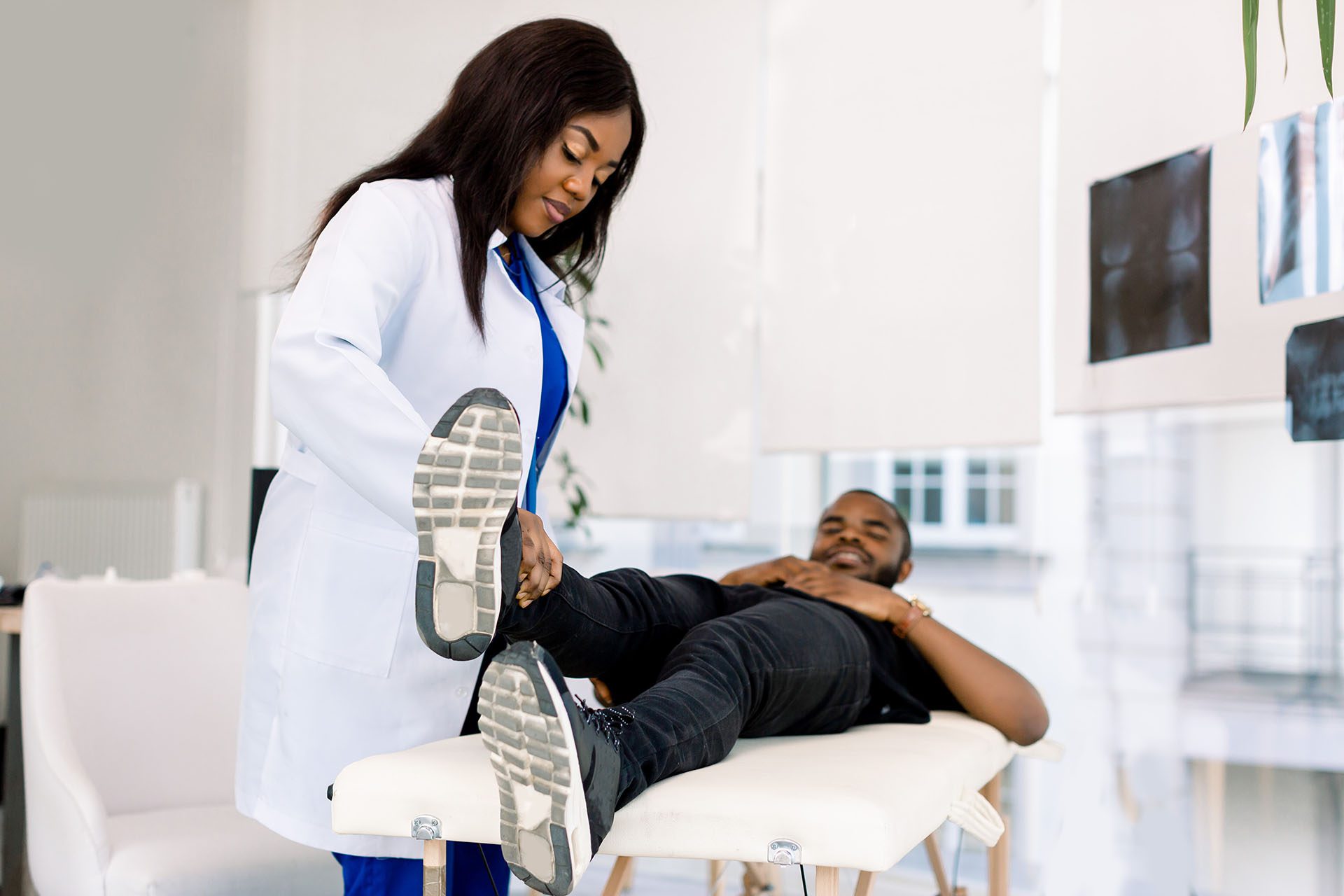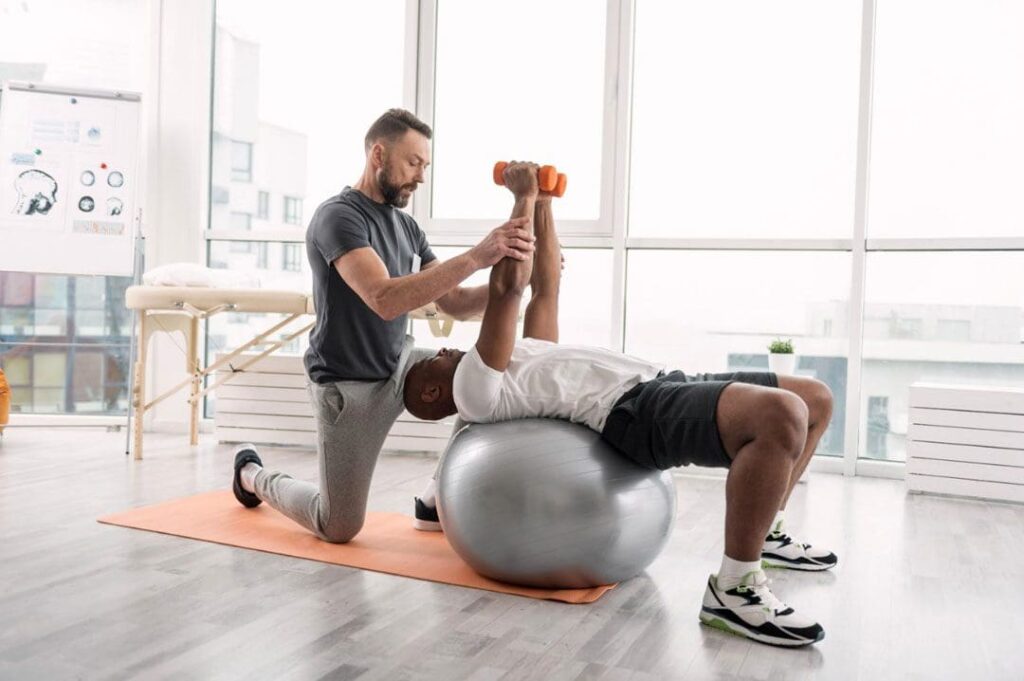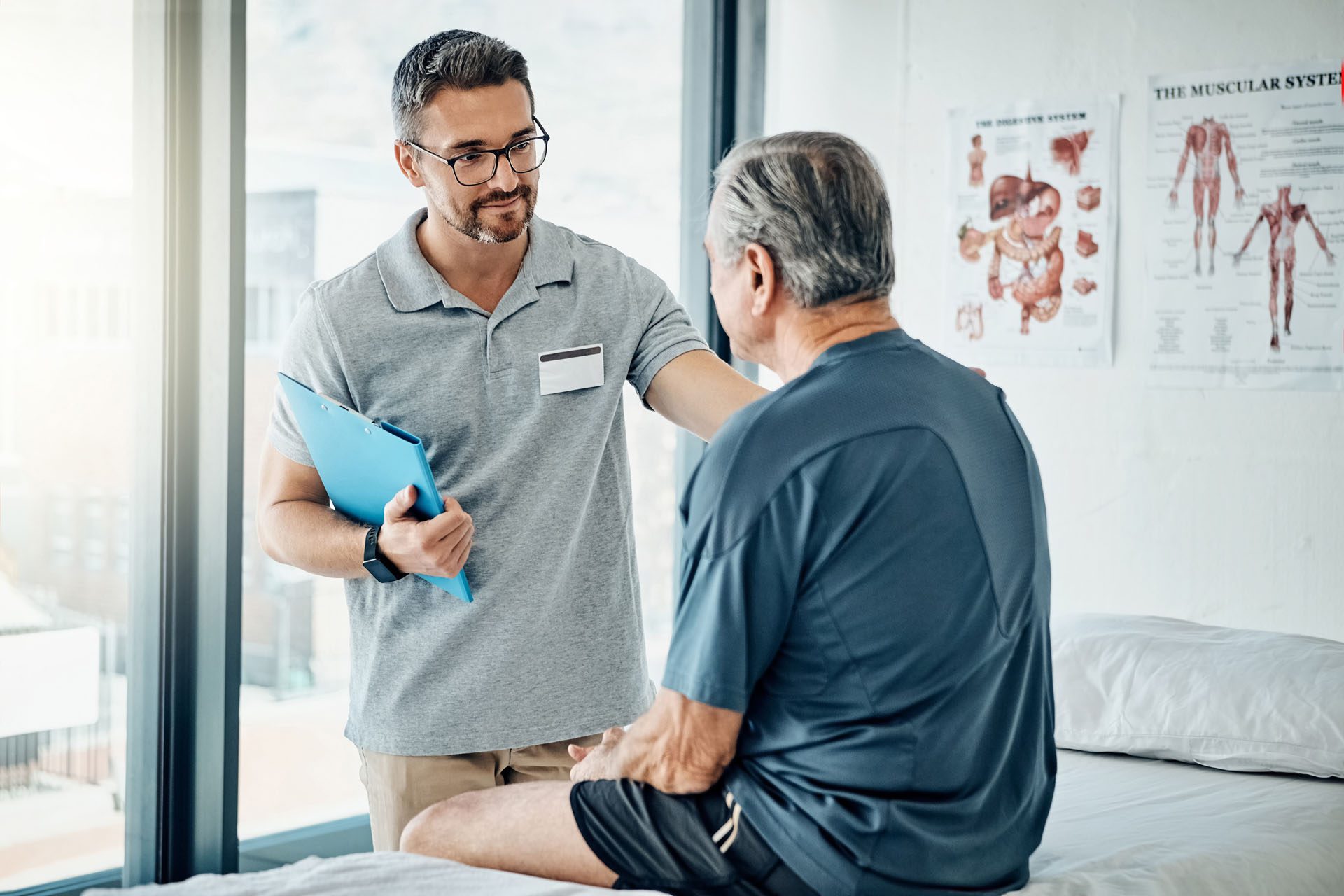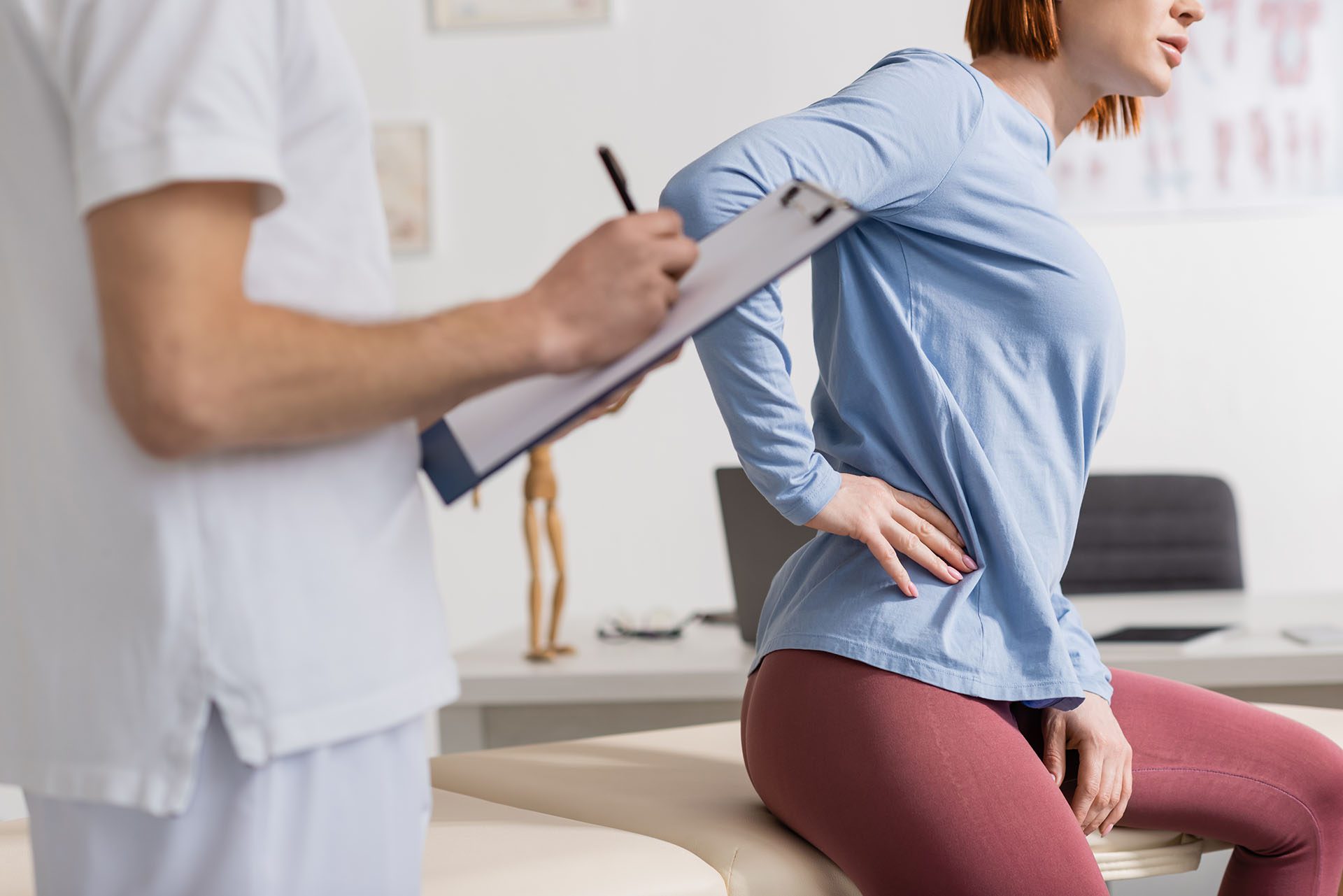The Gut Microbiome: Key to Musculoskeletal Injury Healing
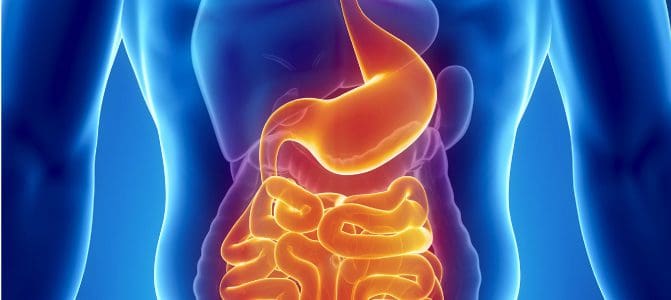
At ChiroMed – Integrated Medicine in El Paso, TX, we believe in addressing the root causes of health issues to promote holistic healing. A key factor in musculoskeletal health and injury recovery is the gut microbiome, a complex community of microorganisms in your digestive tract. These tiny organisms play a significant role in supporting muscle growth, bone health, and recovery from injuries by regulating simplified nutrient absorption, modulating inflammation, and influencing hormone production. However, an imbalance in the gut, known as dysbiosis, can hinder these processes and contribute to musculoskeletal problems. At ChiroMed, we integrate this cutting-edge science into our personalized treatment plans to help you achieve optimal health.
How the Gut Supports Nutrient Absorption
The gut microbiome is essential for absorbing nutrients that keep your muscles and bones strong. Calcium and vitamin D, critical for bone health, are better absorbed when gut bacteria are balanced (Hsu et al., 2024). These microbes break down food, ensuring your body receives the nutrients it needs for skeletal strength and muscle repair. Short-chain fatty acids (SCFAs), produced by gut bacteria, also enhance bone density, supporting long-term skeletal health without relying solely on supplements (Li et al., 2021).
For muscles, the gut ensures proteins and amino acids are absorbed efficiently, fueling growth and repair after exercise or injury (Harvard Medical School, 2023). At ChiroMed, our nutrition counseling services focus on optimizing gut health to maximize nutrient uptake, helping you build stronger muscles and bones naturally.
References
Harvard Medical School. (2023). How gut microbes help mend damaged muscles. https://hms.harvard.edu/news/how-gut-microbes-help-mend-damaged-muscles
Hsu, C.-Y., et al. (2024). Calcium: A pivotal mineral for bone health and growth. Frontiers in Nutrition, 11, Article 11469435. https://pmc.ncbi.nlm.nih.gov/articles/PMC11469435/
Li, R., et al. (2021). The gut microbiome: A new frontier in musculoskeletal research. Current Osteoporosis Reports, 19(4), 347–357. https://link.springer.com/article/10.1007/s11914-021-00671-7
Managing Inflammation for Faster Recovery
Inflammation is a natural part of healing, but excessive inflammation can slow recovery and increase pain. A healthy gut microbiome produces metabolites like SCFAs that reduce inflammation, creating an optimal environment for muscle and bone repair (West Limerick Physiotherapy, 2023). This helps patients at ChiroMed recover faster from injuries, whether from sports, work, or accidents.
When the gut is imbalanced, chronic inflammation can delay healing and worsen musculoskeletal conditions (AstonRX, 2023). Our integrative approach at ChiroMed, including acupuncture and naturopathy, supports gut health to keep inflammation in check, promoting quicker recovery and less pain.
References
AstonRX. (2023). How your gut health impacts injury and recovery. https://astonrx.com/blogs/read/how-your-gut-health-impacts-injury-and-recovery
West Limerick Physiotherapy. (2023). Physio news. https://www.westlimerickphysio.com/category/physio-news/
Hormones and Musculoskeletal Strength
The gut microbiome influences hormone production, which is vital for muscle and bone health. For example, gut bacteria regulate insulin-like growth factor 1 (IGF-1), a hormone that supports muscle growth and repair (Grosicki et al., 2021). A balanced gut also enhances hormonal pathways for calcium metabolism, strengthening bones over time (Yan et al., 2023).
Dysbiosis can disrupt these hormones, leading to weaker muscles and bones, and slower recovery (IAOM-US, 2023). At ChiroMed, our team, led by Dr. Alex Jimenez, incorporates nutrition and integrative medicine to support gut health, ensuring hormones work in your favor for optimal musculoskeletal function.
References
Grosicki, G. J., et al. (2021). The gut microbiota interacts with the musculoskeletal system and can affect muscle growth and development. Nutrients, 13(6), Article 1917. https://pmc.ncbi.nlm.nih.gov/articles/PMC9132697/
IAOM-US. (2023). An unexpected connection between gut microbiome and musculoskeletal pain. https://iaom-us.com/an-unexpected-connection-between-gut-microbiome-and-musculoskeletal-pain/
Yan, J., et al. (2023). The interaction between GM and dietary minerals are crucial for bone mineralization. Nutrients, 15(9), Article 2066. https://pmc.ncbi.nlm.nih.gov/articles/PMC11062616/
Boosting Muscle Growth and Bone Health
A healthy gut microbiome supports muscle growth by improving nutrient absorption and reducing inflammation, providing the energy and materials needed for repair (MyProtein, 2023). For bones, gut bacteria enhance calcium and vitamin D uptake, while probiotics can reduce bone loss, especially in conditions like osteoporosis (Taylor & Francis, 2024). At ChiroMed, our rehabilitation programs and chiropractic care work alongside gut-focused nutrition plans to strengthen muscles and bones, helping you stay active and resilient.
References
MyProtein. (2023). Importance of gut health. https://www.myprotein.com/thezone/nutrition/importance-gut-health/
Taylor & Francis. (2024). Progress of linking gut microbiota and musculoskeletal health. Gut Microbes, 16(1), Article 2410478. https://www.tandfonline.com/doi/full/10.1080/19490976.2024.2410478
Enhancing Injury Recovery
The gut microbiome supports injury recovery by reducing inflammation and supplying nutrients for tissue repair (Harvard Medical School, 2023). Gut microbes produce compounds that speed up muscle regeneration, helping you recover faster from sprains, fractures, or strains (Digbi Health, 2023). At ChiroMed, our team uses advanced diagnostics, like X-rays and MRIs, to assess injuries accurately and create tailored recovery plans that incorporate gut health strategies.
An imbalanced gut, however, can slow healing by causing chronic inflammation and nutrient deficiencies (Healio, 2023). Our holistic approach at ChiroMed addresses these issues, combining chiropractic adjustments, massage therapy, and nutrition to
support your body’s natural healing processes.
References
Digbi Health. (2023). The gut’s role in chronic pain management. https://digbihealth.com/blogs/science-talk/the-gut-s-role-in-chronic-pain-management
Harvard Medical School. (2023). How gut microbes help mend damaged muscles. https://hms.harvard.edu/news/how-gut-microbes-help-mend-damaged-muscles
Healio. (2023). Chronically inflamed gut mucosa and dysbiosis have been linked to an increased risk of bone fractures. Orthopedics, 46(6), 331–337. https://journals.healio.com/doi/10.3928/01477447-20220608-07
The Risks of Dysbiosis
Dysbiosis, or an unhealthy gut microbiome, can disrupt nutrient absorption, increase inflammation, and throw off hormone balance, all of which harm musculoskeletal health (PMC, 2024). This can lead to slower recovery, weaker bones, and increased risk of injuries like fractures (ScienceDirect, 2023). At ChiroMed, we use nutrition counseling and naturopathy to restore gut balance, helping prevent these issues and support long-term wellness.
References
PMC. (2021). Dysbiosis or gut microbiota imbalance has been linked to immune modulation and impaired nutrient absorption. PMC, 12137108. https://pmc.ncbi.nlm.nih.gov/articles/PMC12137108/
ScienceDirect. (2023). The intestinal microbiome has been implicated in modulating inflammation and pain pathways. https://www.sciencedirect.com/science/article/abs/pii/S2468451121000313
Dr. Alex Jimenez’s Expertise at ChiroMed
Dr. Alex Jimenez, DC, APRN, FNP-C, leads ChiroMed with a unique blend of chiropractic and nurse practitioner expertise. Specializing in work, sports, personal, and auto accident injuries, Dr. Jimenez uses advanced imaging and diagnostic tools to create precise, dual-scope diagnoses (Jimenez, 2023a). His ability to handle medical care and legal paperwork for personal injury cases ensures patients receive comprehensive support, from treatment to insurance claims (Jimenez, 2023b).
References
Jimenez, A. (2023a). Dr. Alex Jimenez. https://dralexjimenez.com/
Jimenez, A. (2023b). LinkedIn profile. https://www.linkedin.com/in/dralexjimenez/
ChiroMed’s Holistic Rehabilitation Approach
At ChiroMed, our integrated approach combines chiropractic care, massage therapy, acupuncture, naturopathy, and nutrition counseling to address a wide range of injuries. Chiropractic adjustments restore joint and spine alignment, reducing pain and improving mobility. Massage therapy eases muscle tension, while acupuncture promotes natural healing by targeting pain points. Our nutrition and naturopathy services focus on gut health to reduce inflammation and enhance recovery, preventing long-term complications (Jimenez, 2023c). This comprehensive care ensures patients return to optimal health naturally.
References
Jimenez, A. (2023c). Facebook reel. https://www.facebook.com/reel/24240689962228572
Conclusion
The gut microbiome is a powerful ally in musculoskeletal health and injury recovery, influencing nutrient absorption, inflammation, and hormone production. At ChiroMed – Integrated Medicine, we harness this science through personalized, holistic care to help you heal faster and stay stronger. By combining chiropractic care, integrative medicine, and gut-focused nutrition, we address the root causes of injuries and promote long-term wellness. Visit ChiroMed in El Paso, TX, to experience how our integrated approach can transform your health.
References
AstonRX. (2023). How your gut health impacts injury and recovery. https://astonrx.com/blogs/read/how-your-gut-health-impacts-injury-and-recovery
Digbi Health. (2023). The gut’s role in chronic pain management. https://digbihealth.com/blogs/science-talk/the-gut-s-role-in-chronic-pain-management
Grosicki, G. J., Fielding, R. A., & Lustgarten, M. S. (2021). The gut microbiota interacts with the musculoskeletal system and can affect muscle growth and development. Nutrients, 13(6), Article 1917. https://pmc.ncbi.nlm.nih.gov/articles/PMC9132697/
Harvard Medical School. (2023). How gut microbes help mend damaged muscles. https://hms.harvard.edu/news/how-gut-microbes-help-mend-damaged-muscles
Healio. (2023). Chronically inflamed gut mucosa and dysbiosis have been linked to an increased risk of bone fractures. Orthopedics, 46(6), 331–337. https://journals.healio.com/doi/10.3928/01477447-20220608-07
Hsu, C.-Y., Ko, F.-Y., & Chao, M.-C. (2024). Calcium: A pivotal mineral for bone health and growth. Frontiers in Nutrition, 11, Article 11469435. https://pmc.ncbi.nlm.nih.gov/articles/PMC11469435/
IAOM-US. (2023). An unexpected connection between gut microbiome and musculoskeletal pain. https://iaom-us.com/an-unexpected-connection-between-gut-microbiome-and-musculoskeletal-pain/
Jimenez, A. (2023a). Dr. Alex Jimenez. https://dralexjimenez.com/
Jimenez, A. (2023b). LinkedIn profile. https://www.linkedin.com/in/dralexjimenez/
Jimenez, A. (2023c). Facebook reel. https://www.facebook.com/reel/24240689962228572
Li, R., Boone, C., & Bordin, M. (2021). The gut microbiome: A new frontier in musculoskeletal research. Current Osteoporosis Reports, 19(4), 347–357. https://link.springer.com/article/10.1007/s11914-021-00671-7
MyProtein. (2023). Importance of gut health. https://www.myprotein.com/thezone/nutrition/importance-gut-health/
PMC. (2021). Dysbiosis or gut microbiota imbalance has been linked to immune modulation and impaired nutrient absorption. PMC, 12137108. https://pmc.ncbi.nlm.nih.gov/articles/PMC12137108/
ScienceDirect. (2023). The intestinal microbiome has been implicated in modulating inflammation and pain pathways. https://www.sciencedirect.com/science/article/abs/pii/S2468451121000313
Taylor & Francis. (2024). Progress of linking gut microbiota and musculoskeletal health. Gut Microbes, 16(1), Article 2410478. https://www.tandfonline.com/doi/full/10.1080/19490976.2024.2410478
West Limerick Physiotherapy. (2023). Physio news. https://www.westlimerickphysio.com/category/physio-news/
Yan, J., Herzog, J., & Tsang, K. (2023). The interaction between GM and dietary minerals are crucial for bone mineralization. Nutrients, 15(9), Article 2066. https://pmc.ncbi.nlm.nih.gov/articles/PMC11062616/

